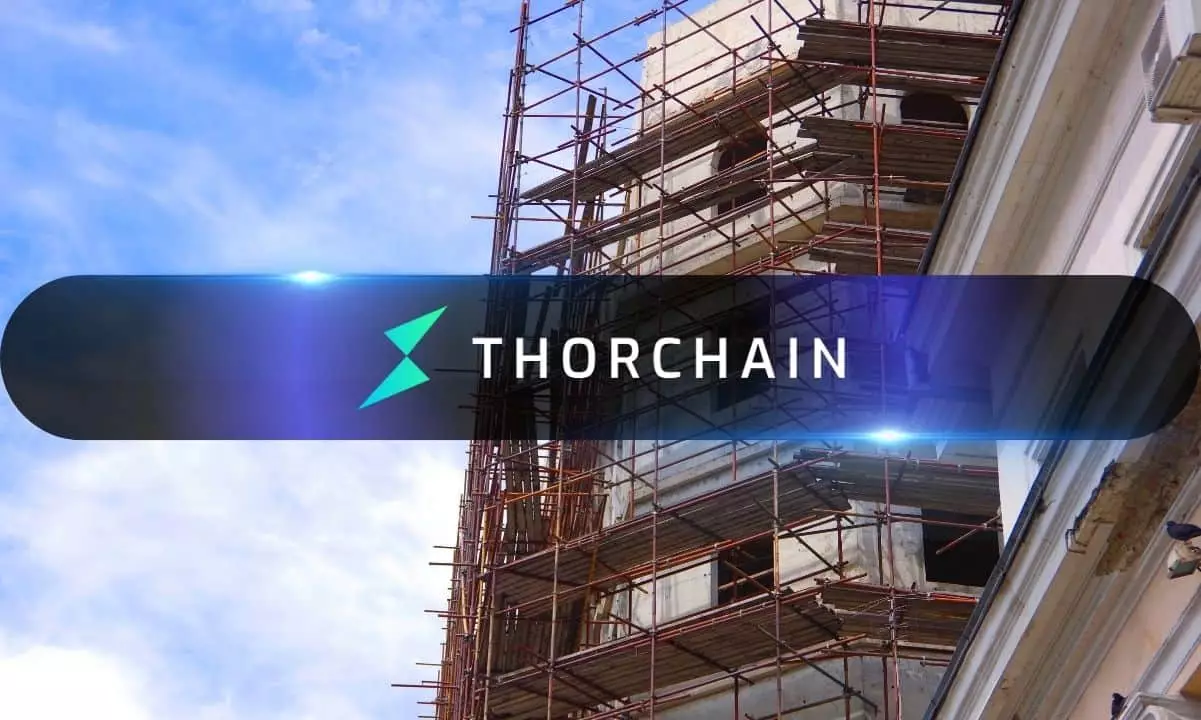In a year fraught with economic tumult, THORChain has found itself navigating a treacherous landscape that poses significant threats to its viability. The Layer 1 DeFi protocol’s struggle is emblematic of deeper issues within the cryptocurrency ecosystem. The sharp decline of its native token, RUNE, by 74.5% in Q1 2025 is not just a numerical blip; it speaks volumes about the underlying fragility of not only THORChain but possibly the broader altcoin market as well. As macroeconomic pressures mount, the vulnerability of digital assets is now glaringly apparent, making the stakes feel higher than ever before.
Devaluation and Market Cap Collapse
The brutal correction in RUNE’s price, which plummeted to $1.14, raises questions about market confidence and investor sentiment. With a market capitalization that tumbled from $1.5 billion to a modest $400.9 million, THORChain’s standing now rests precariously at its lowest since mid-2022. The staggering 73.8% drop in market cap reveals not just loss of value but a crisis in trust and stability for protocol users. In an environment where Bitcoin and Ethereum faced mere percentage decreases of 12.6% and 45.5%, respectively, RUNE’s crash indicates a severe misalignment with the broader market forces.
Total Value Locked: A Grim Snapshot
One of the most disheartening indicators of THORChain’s trouble lies in the Total Value Locked (TVL), which saw a dramatic decline of 50.5%. Falling from $368.6 million to $181.1 million exposes the unsettling reality that users are pulling their funds amid dwindling confidence. While RUNE-denominated TVL saw a surprising uptick of 93.2%, this statistic is misleading. It suggests a rising number of users engaged in the protocol, but in reality, it masks an alarming retreat of USD value locked in the system. The disparity between RUNE-denominated and dollar-denominated metrics illustrates a critical issue in the perceived utility of the protocol.
Swap Activity: Disappointing Trends and Anomalies
Swap activity, the heart of any decentralized exchange, further illustrates THORChain’s decaying activity levels. A 24.4% decline in average daily swap volume to $68.8 million signals a downturn in engagement and interest. Even a record spike of $1.05 billion on March 2, which was an anomaly driven by the Bybit exploit, failed to counteract the ongoing decline. The fact that such an event—a hack—was necessary to create a temporary surge only highlights how precarious and dependent on volatility THORChain’s health has become.
User Engagement: A Mixed Bag
On-chain data suggested a decline in daily swappers, which fell 14.5% to 1,780. Despite a healthy distribution of usage across wallets and affiliates, the grim reality is that fewer users are actively participating in THORChain’s services. This decline underscores an air of uncertainty that looms over the ecosystem, as users grapple with the implications of losses on their investments. While the infrastructure appears to support a wide range of participants, the diminishing number of active users raises fundamental questions about the protocol’s appeal and sustainability.
As THORChain continues to weather these brutal storms, it must reevaluate its strategies to regain lost ground in a landscape that is becoming increasingly unforgiving. The path ahead will demand resilience, innovation, and perhaps a reassessment of its value proposition to emerge from this self-imposed darkness.

